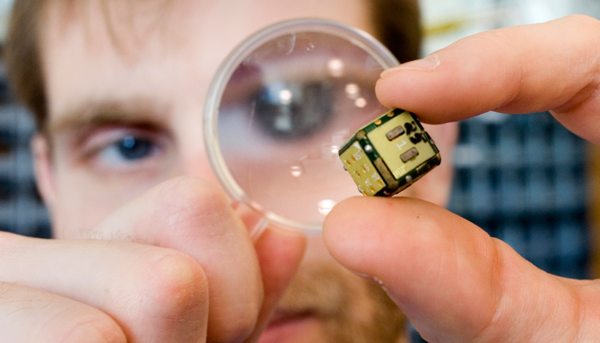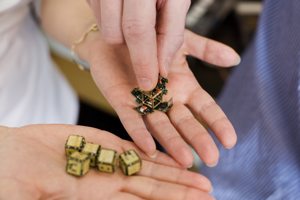
From "the chirurgeon's apprentice," a fascinating and squick-inducing blog/website devoted to chronicling "the horrors of pre-anaesthetic surgery," an entry about the history of books bound in tanned human skin. Snip from details about the image shown above:
And then there were books which claimed to be made from the human flesh but were, in fact, not. One example comes from the Wellcome Collection in London [left]. It is a curious little notebook which professes to be ‘made of Tanned skin of the Negro whose Execution caused the War of Independence’. Presumably, this refers to Crispus Attucks, a dockworker of Wampanoag who was the first person killed by the British during the Boston Massacre. Immediately following his death, Attucks was held up as an American martyr. As a consequence of its alleged origins, this notebook has become a symbol of the American Revolution.More. And if you enjoy tweets about 17th-century surgery, you'll want to follow Lindsey Fitzharris, the medical historian behind the "Chirurgeon’s Apprentice" website. (via Vaughan Bell)

